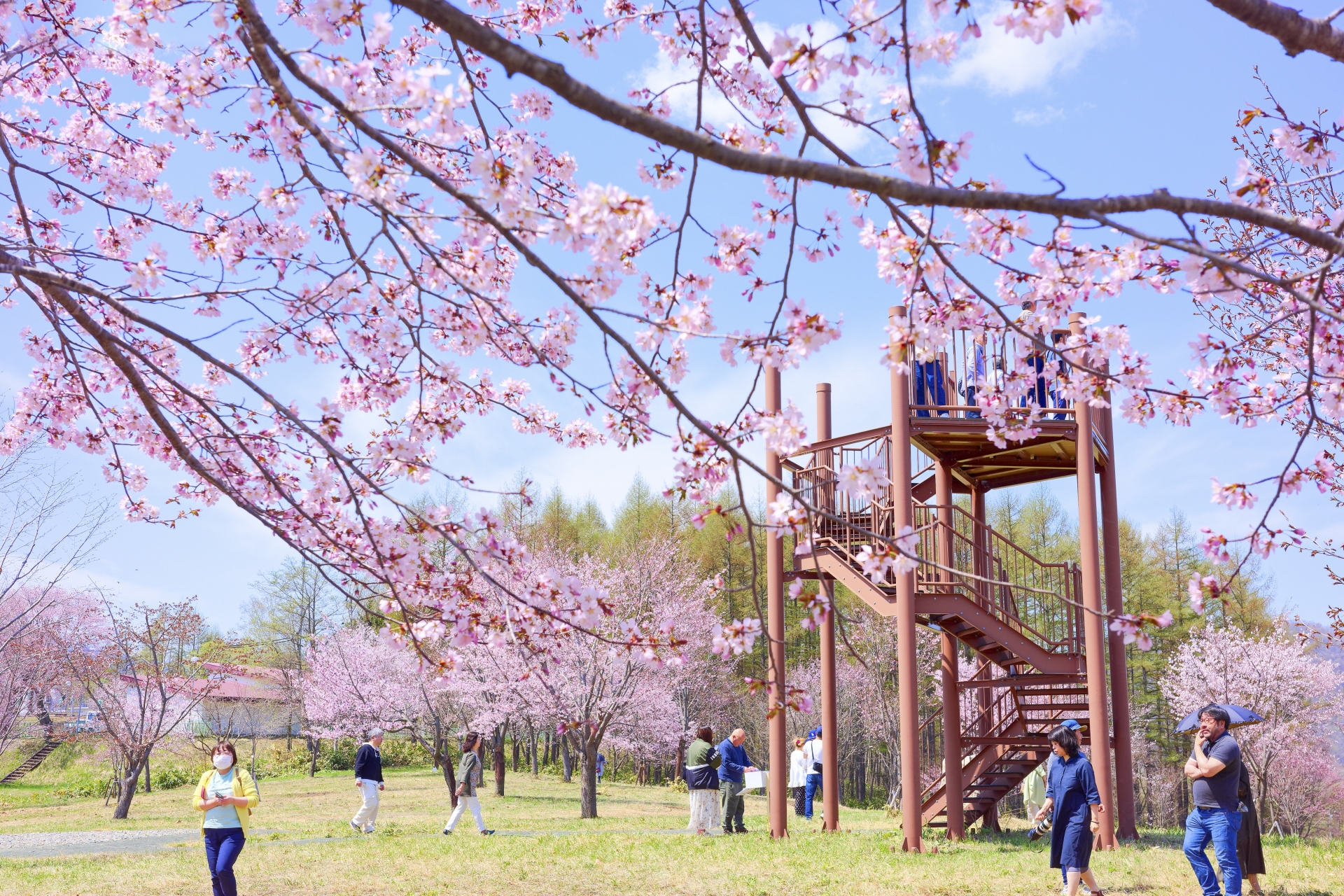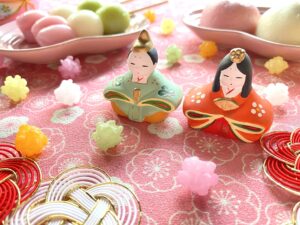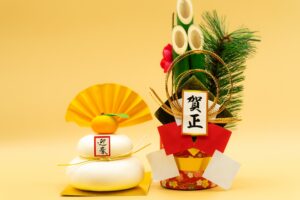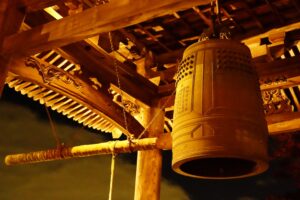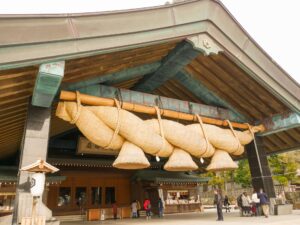Hanami, or cherry blossom viewing, is a beloved Japanese tradition that signifies the arrival of spring and the transient beauty of nature. This annual event draws millions of visitors, both locals and tourists, who gather to admire the ethereal blossoms. This guide provides a deep dive into hanami, exploring its cultural roots, the best times and places to experience cherry blossoms, and tips for making the most of this magical season.
What is Hanami?
Hanami, which translates to “flower viewing,” is an ancient Japanese tradition that dates back to the Nara period (710–794 AD). Originally, it involved the admiration of plum blossoms, but by the Heian period (794–1185 AD), cherry blossoms, known as sakura in Japanese, became the primary focus. Hanami symbolizes the fleeting nature of life, as the sakura bloom for only a short period before falling, reminding viewers of the beauty and impermanence of life. Traditionally, hanami involves gathering with friends and family under blooming sakura trees, sharing food, drinks, and enjoying the beauty of the blossoms.
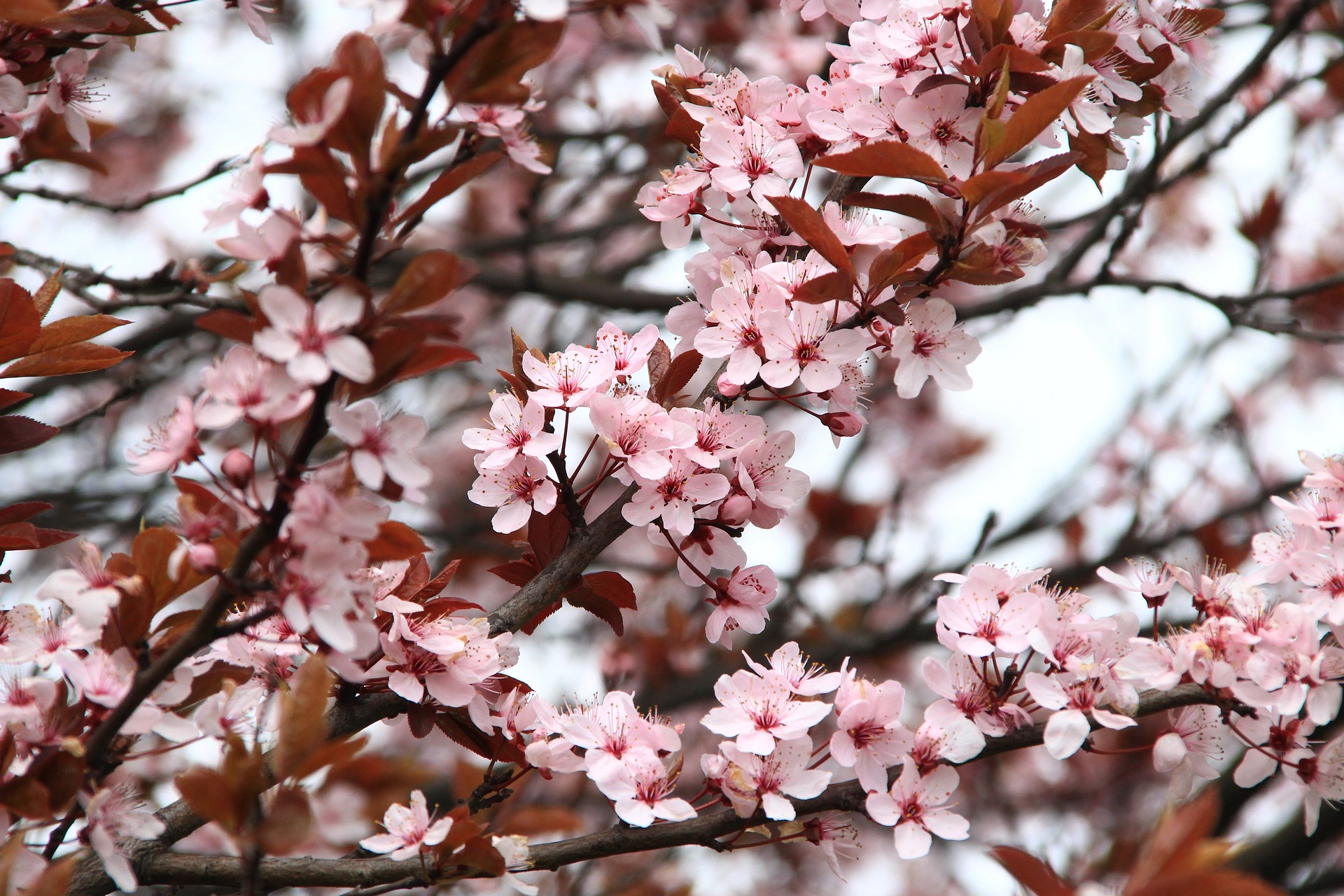
Best Times for Hanami in Japan
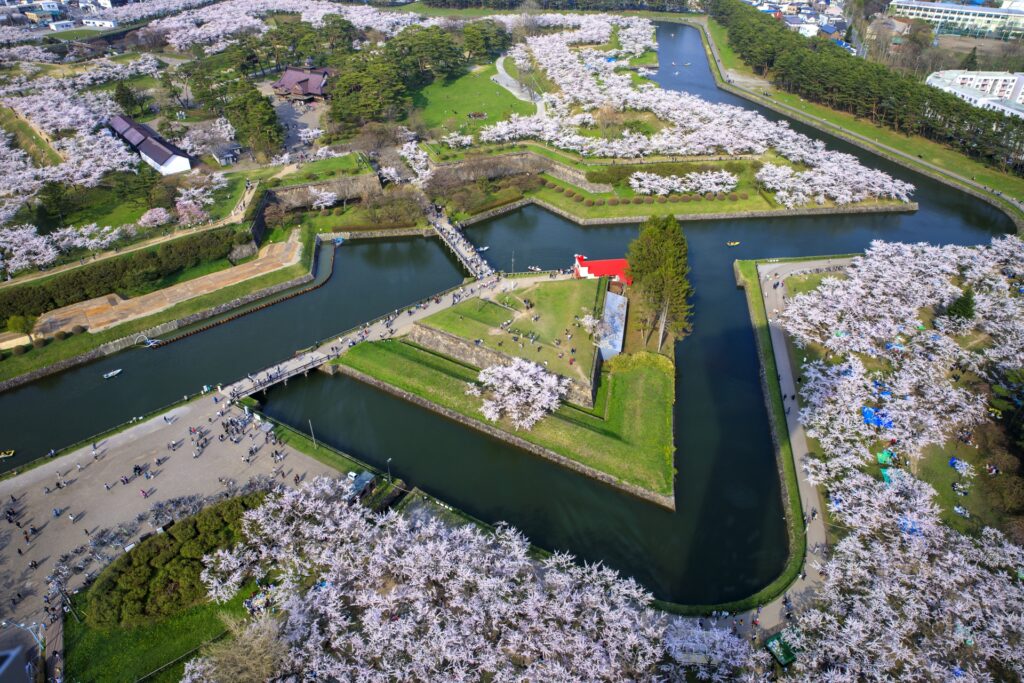
The cherry blossom season varies across Japan, depending on the region and weather conditions. In general, the cherry blossoms start to bloom in late March and reach their peak in early April in most parts of the country. However, in Okinawa, the blossoms can start as early as January, while in the northernmost regions like Hokkaido, the peak occurs in late April to early May. Cherry blossom forecasts, which predict the blooming period, are crucial for planning hanami as they are updated regularly based on climatic changes. Using these predictions, tourists and locals alike can ensure they experience hanami at its peak.
Top Hanami Spots in Japan
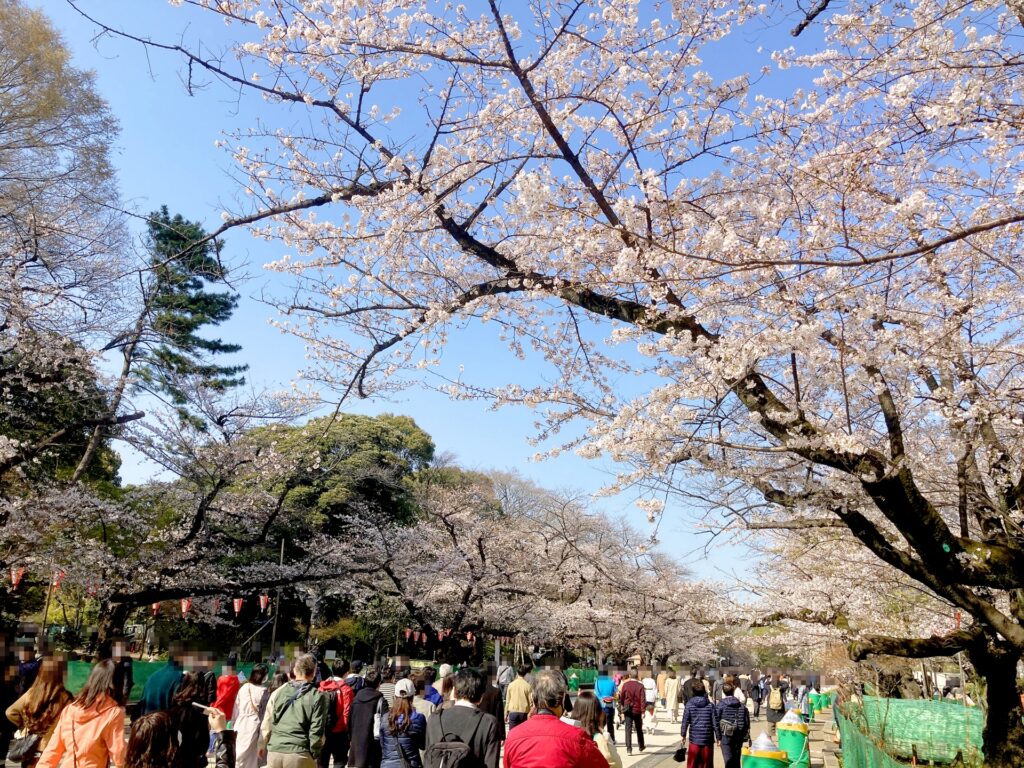
Japan offers countless picturesque locations for hanami, each providing a unique backdrop to the cherry blossom experience:
- Tokyo: Ueno Park and Shinjuku Gyoen are iconic spots, with hundreds of cherry trees and facilities for picnicking. Chidorigafuchi, near the Imperial Palace, offers the stunning sight of blossoms along the moat, best viewed by boat.
- Kyoto: Maruyama Park is famous for its weeping cherry tree illuminated at night. The Philosopher’s Path, lined with hundreds of cherry trees, provides a serene hanami experience.
- Osaka: Osaka Castle Park is a popular choice, with the historic castle framed by cherry blossoms. The Kema Sakuranomiya Park along the Okawa River is another favorite spot for hanami.
- Mount Fuji: The sight of cherry blossoms against the backdrop of Mount Fuji, particularly from locations like Chureito Pagoda, is a quintessential image of Japan.
Hidden Gems for Hanami
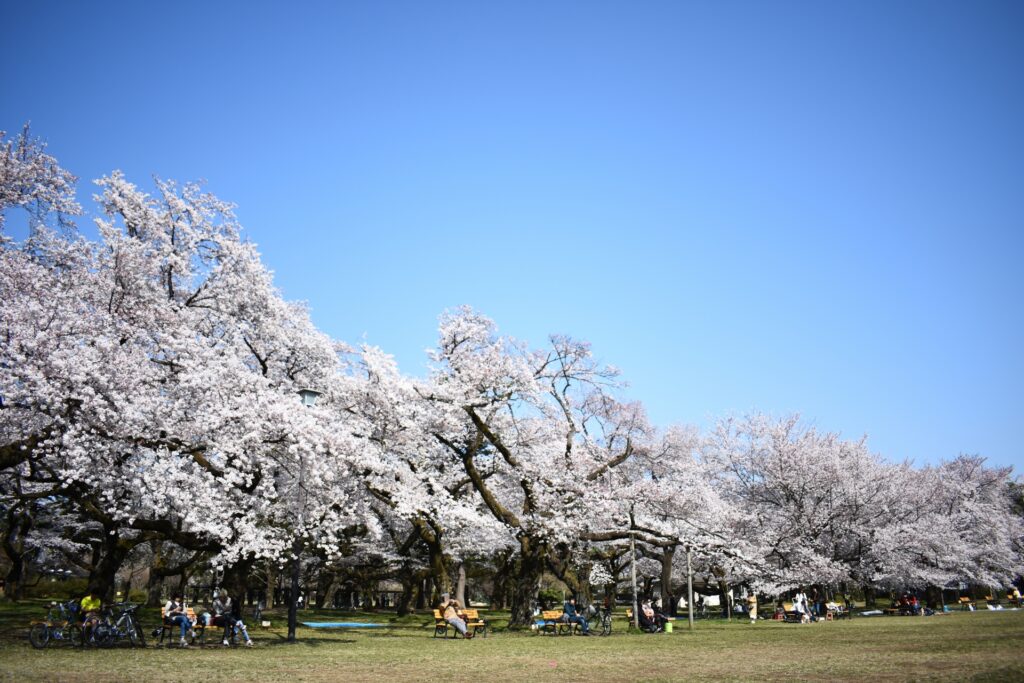
While popular spots attract large crowds, Japan also offers hidden hanami gems for a more peaceful experience. Places like Koishikawa Korakuen Garden in Tokyo, known for its traditional Japanese landscape design and beautiful cherry blossoms, provide a serene setting. Another great option is Koganei Park, located in the western part of Tokyo, which offers vast open spaces and a quieter environment. These lesser-known locations allow visitors to enjoy the beauty of cherry blossoms away from the crowds, providing a more intimate and tranquil hanami experience.
How to Prepare for a Hanami Picnic
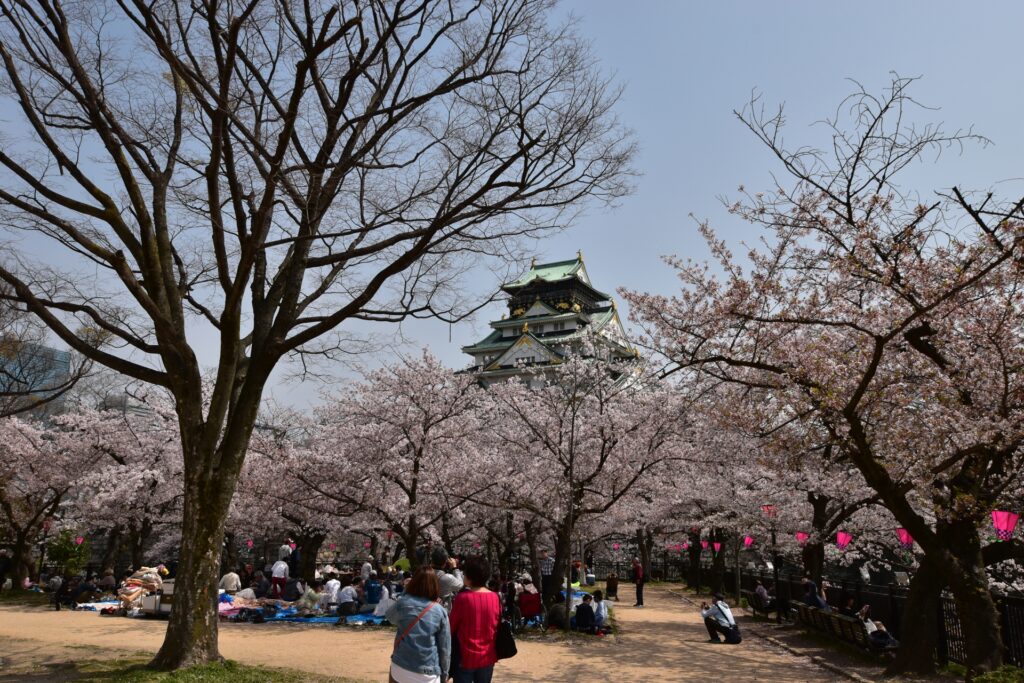
Preparing for a hanami picnic involves more than just finding a spot under a cherry tree. Essential items include a picnic mat, food and drinks (sake is a popular choice), and warm clothing as evenings can be chilly. Traditional hanami foods include bento boxes with sushi, onigiri (rice balls), and seasonal sweets like sakura mochi. It’s also important to respect local etiquette, such as not picking blossoms or leaving trash behind, and being mindful of other visitors.


Night Hanami: Experiencing Yozakura
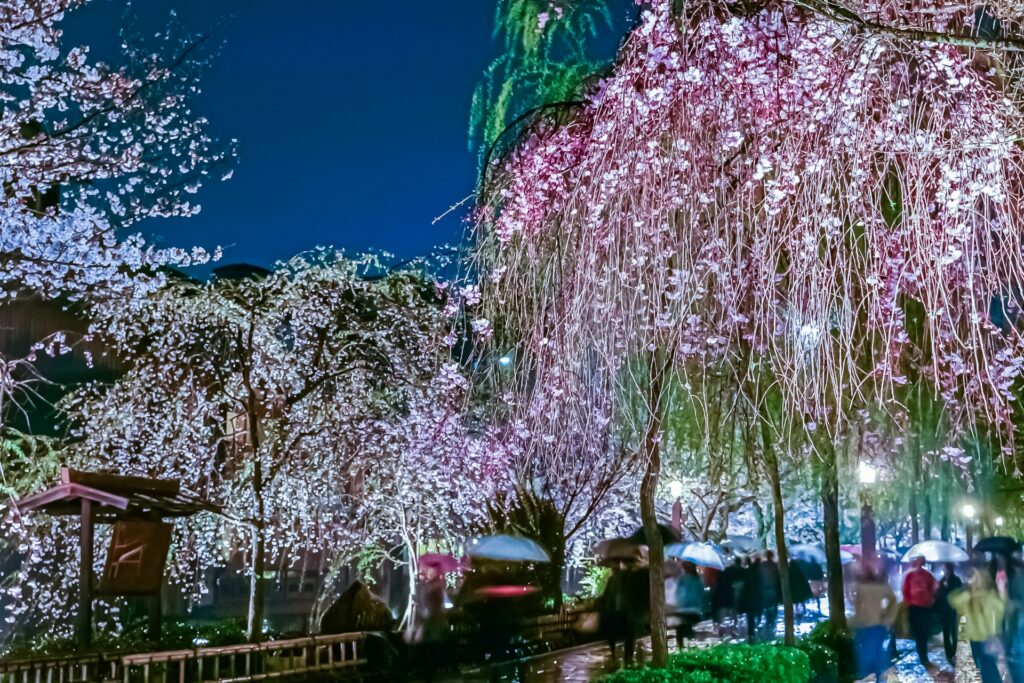
Yozakura, or night-time cherry blossom viewing, is a unique way to experience hanami. During the evenings, many parks and gardens illuminate the cherry trees, creating a magical, almost ethereal atmosphere. Popular locations for yozakura include Ueno Park in Tokyo, Maruyama Park in Kyoto, and Osaka Castle Park, where lanterns and soft lighting enhance the beauty of the blossoms.
Hanami Etiquette for Foreigners
Respecting hanami etiquette is essential for all visitors. It is customary to arrive early to secure a good spot and to avoid occupying more space than needed. Loud music or behavior is generally frowned upon, as hanami is considered a time for quiet reflection and enjoyment of nature’s beauty. Visitors should also be mindful of waste disposal and use designated trash bins to keep the parks clean.
Eco-friendly Hanami Practices
With the increasing popularity of hanami, there is a growing need to adopt eco-friendly practices. Using reusable plates and cups instead of disposable ones, carrying waste bags, and participating in park clean-up efforts are ways to reduce the environmental impact. Choosing sustainable food options and avoiding the use of plastic are also important considerations for an eco-friendly hanami experience.
Hanami Outside Japan
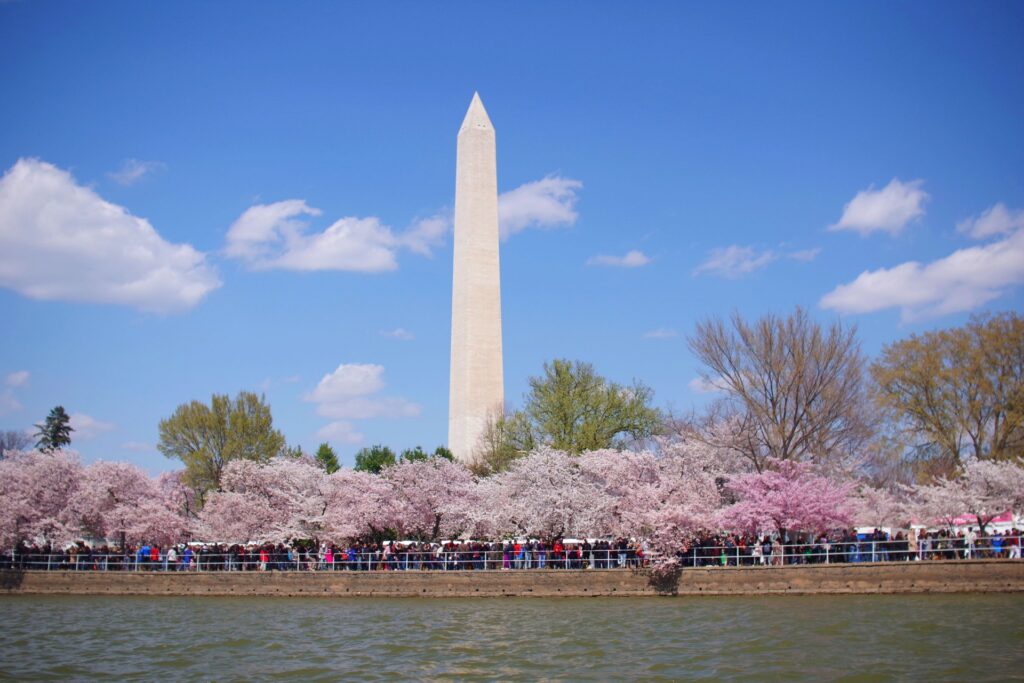
Cherry blossom viewing is not limited to Japan. Many countries celebrate hanami with their own cherry blossom festivals. Notable international hanami events include the National Cherry Blossom Festival in Washington, D.C., and festivals in cities like Vancouver, Seoul, and Stockholm. These events provide opportunities for people worldwide to experience the beauty and cultural significance of cherry blossoms.
Virtual Hanami Experiences
For those unable to travel to Japan, virtual hanami offers an alternative way to enjoy cherry blossoms. Various online platforms provide live-streaming of cherry blossom spots, virtual tours, and interactive experiences. These options allow individuals to immerse themselves in the beauty of hanami from the comfort of their own homes.
Conclusion
Hanami is more than just a celebration of cherry blossoms; it’s a reflection of Japanese culture and appreciation for the ephemeral beauty of nature. Whether you’re a local or a visitor, this guide aims to enhance your hanami experience, providing insights into the best practices, locations, and traditions associated with this timeless event.

